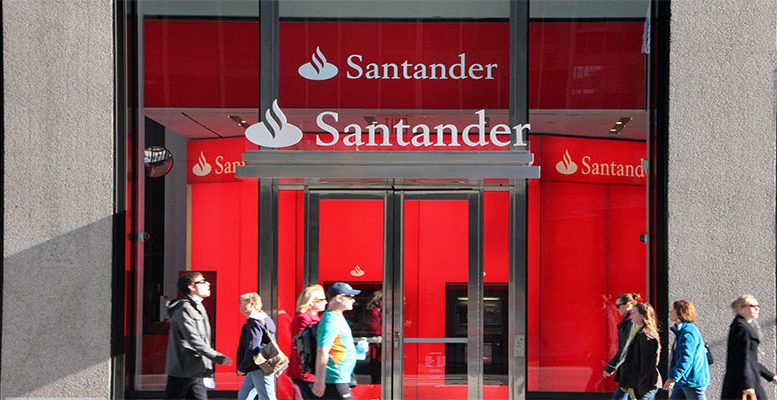Out of the 33 banks subjected to the Federal Reserve’s stress tests, 31 have passed this year, which means they will be able to increase their dividends and share buybacks. On the other hand, Deutsche Bank and Banco Santander failed the tests due to the Fed’s doubts about their capacity to measure risk. In addition, although it was successful in the test, Morgan Stanley will have to sumbit a revised capital plan to the Fed by the end of the year, after the US central bank detected some weaknesses in its internal processes for risk management.
In Santander’s case, this is the third time it has failed this test, while it’s the second time for the German bank. The aim of these tests is to try to measure the capacity of financial institutions which manage over 50 billion dollars (44.941 billion euros at current exchange rates) to deal with a crisis and avoid situations like the one which ended up in the collapse of Lehman Brothers in September 2008.
This analysis has a quantitative element, namely what the capital ratio would look like in the wake of a very stressful scenario, as well as a qualitative element. In the first case, Santander was the second bank with the best capital ratio. However, in the qualitative part, the Fed highlights Santander and Deutsche Bank as the two banks which have handled the demands of the test, the same ones as in 2015. That said, the Fed recognises that Santander has made progress.
The CET1 capital ratio of Santander USA was 12% at end-2015. In the Fed’s quantitative results, in a very severe economic scenario, this ratio would fall to a minimum of 11.9% over the period analysed, significantly higher than the minimum requirement for 4.5%. Furthermore, according to the Fed’s forecasts, all the regulatory capital ratios of Santander’s subsidiary would be “a lot higher” than the minimum ratios required by the tests.
But in spite of its solid capital levels, the capital plan proposed by the bank failed from a qualitative point of view. “These results confirm that Santander Holdings USA has solid capital levels, significantly higher than the minimum required. We have improved, but our capital planning, resistance tests, internal controls, corporate government and supervision need to improve more to meet the regulators’ expectations,” said Santander USA CEO Scott Powell.
*Image: Flickr/ Can Pack Swire





